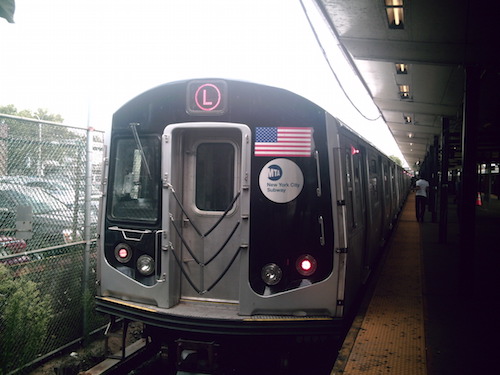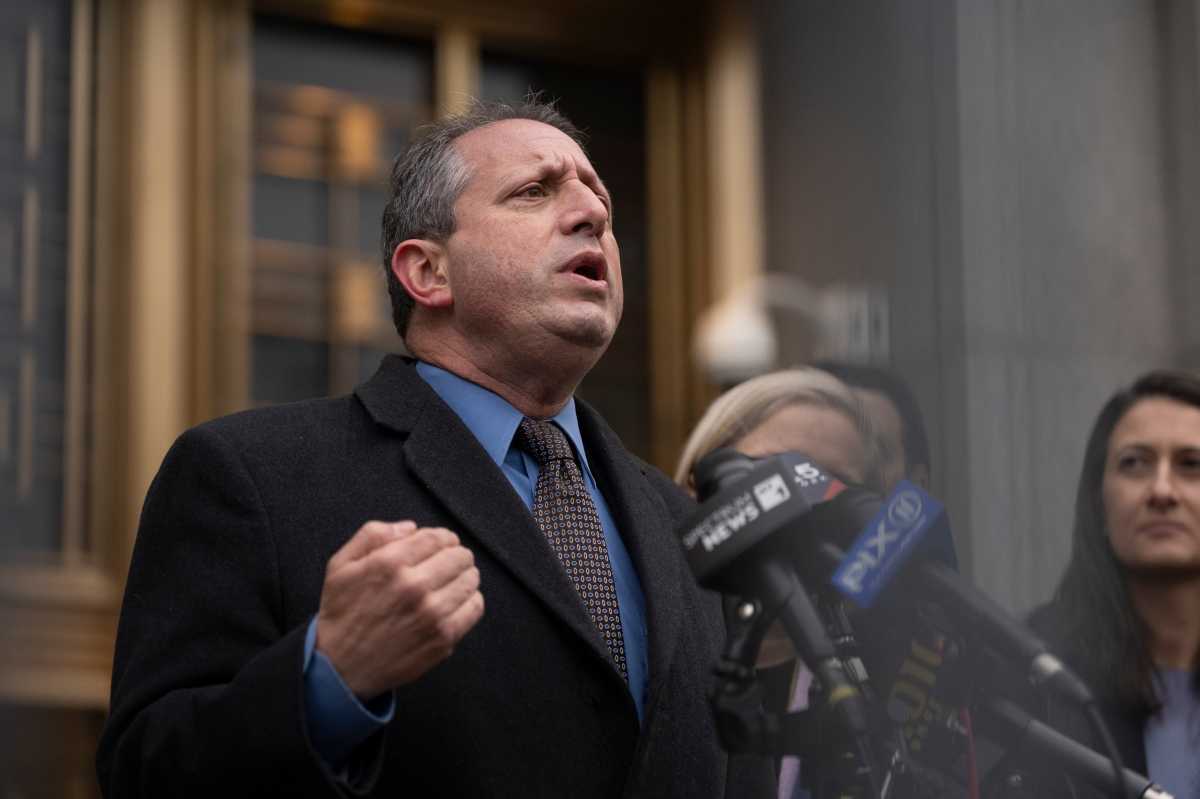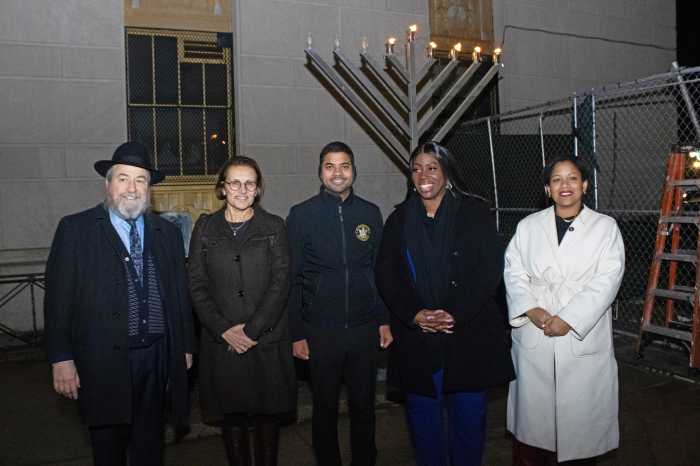Brooklyn Lawmakers are reacting to recent news that the L train might not be shutdown after all.
On Thursday, Governor Andrew Cuomo announced an alternative plan to the major restoration project planned for the Canarsie Tunnel that was expected to completely shutdown the train route for 15 months.

The new plan will require an unspecified amount of weekend and nighttime shutdowns of one of the two tunnels, allowing the L train to run while repairs are made. Additionally, the new proposal is said to use innovative technology and designs modeled after similar projects in Europe and Asia.
The alternative plan is still expected to begin in April with a 15 to 20 month timeline and will be done within the existing budget if not below, Cuomo said at a press conference earlier this week, according to initial reports.
The new plan comes just weeks after Cuomo and a team of engineers from Columbia and Cornell toured the tunnel looking for alternatives to stem transportation disruption. The main issue they identified in the Metropolitan Transportation Authority’s (MTA) initial shutdown plan was a provision to demolish and rebuild parts of the tunnel’s corroded bench wall—a cement ledge that runs along the base of the tunnel where the power cables are embedded.
The bench wall’s reparations are what necessitated the full shutdown, and would have required extensive labor-intensive work to fix.
Cuomo’s engineers have now suggested abandoning the bench wall cable system all together. Instead, a new electrical cable system will be racked on the tunnel walls and wrapped in fiberglass-reinforced polymer. The racked system will allow for easier access to the cable system, making repairs and upgrades easier and less time consuming.
The new plan also includes a system of fiber optic sensors that will be installed into the existing bench wall that will be able to detect shifts or cracks within the tunnel.
“Yesterday, an alternative plan for the L Train renovation was presented which would be faster, better and probably less expensive. The plan was developed by experts from Cornell and Columbia in collaboration with the MTA and the expert consultants who worked with the MTA in designing the original tunnel restoration,” said Cuomo.
However for the plan to proceed, the MTA will need to move quickly to alter contracts and contractors engaged in the tunnel’s restoration, according to Cuomo including getting final approval from MTA Board.

Mayor Bill de Blasio seems hopeful about the new plan but is still looking for more details as the project start date moves closer.
“Well, I had a good talk with the Governor yesterday and look, I commend him for looking for a better alternative. Now, I have to say at the same time this is a – not only a brand new announcement, a very new technology, and we need to understand much better what this means and how and when it’s going to work because we should not, in my opinion, turn off all of the efforts that had been underway to prepare for the shutdown until we are 100 percent certain what’s going on,” said de Blasio.


City Councilman Jumaane Williams (D-Flatbush, East Flatbush, Midwood) and State Senator Roxanne Persaud (D-Canarsie, East New York, Brownsville, Mill Basin, Sheepshead Bay, Bergen Beach, Marine Park, Flatlands, Mill Island, Georgetown, Ocean Hill, Starrett City) had mix feelings regarding the new plan.
“Stopping the shutdown of the L Train is certainly a positive action, and I am relieved on behalf of all of the affected New Yorkers- but doing so after so much time and money has already been spent by New York’s government and people should raise eyebrows and questions. Particularly in a time when fare hikes are being considered, it is even more concerning that this money was wasted. If the Governor’s plan is an effective solution, the MTA should have adopted it long ago,” said Williams.
The initial plan took three years to conceive and is estimated to cost $477 million and was finally approved after countless community board and local elected official input.
“I am delighted that there is an alternative way to reconstruct the L train and Canarsie Tunnel that will limit the negative impact on ridership,” said Persaud. “I look forward to the completion of the project and hope that other much-needed upgrades to the subway system can be done in the same manner.”










